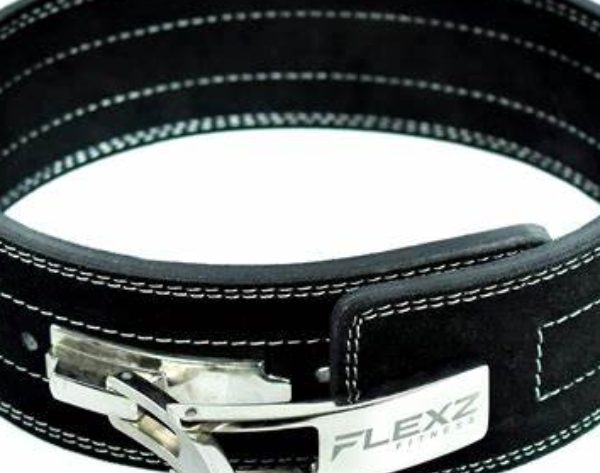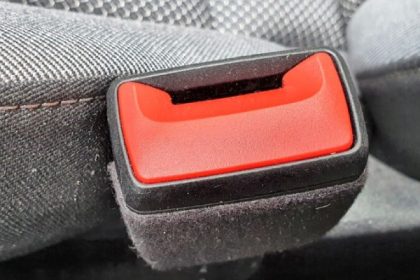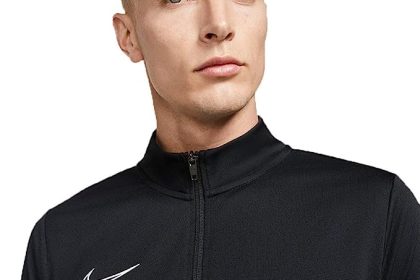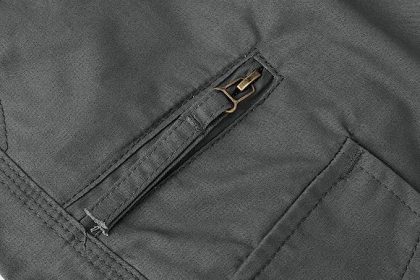Introduction to Lifting Belts
Lifting belts are key tools in strength training. They wrap around your midsection. Their main job is to support your lower back during heavy lifts. This can help you maintain good form. It can also help prevent injuries while you lift bigger weights.
Lifting belts come in different types. Each serves a specific purpose. Some are made from leather and are very stiff. Others are made from nylon and are more flexible. The right belt for you depends on your lifting style.
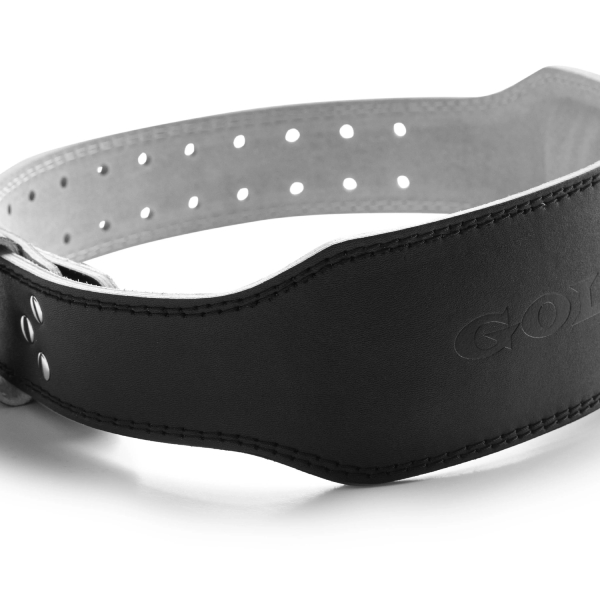
Athletes often use lifting belts during squats, deadlifts, and overhead presses. These are moves where spinal support matters most. But not everyone needs a lifting belt. They are most useful if you lift heavy weights. They can also be helpful if you want to push your lifting limits.
Remember, a belt is an aid, not a replacement for core strength. It’s important to learn good lifting form first. Then a belt can offer extra support. When you choose a belt, make sure it fits well and is comfortable. This helps it do its job without causing any issues.
Key Benefits of Using Lifting Belts
When you push your limits in weightlifting, a lifting belt can be a game-changer. Here’s why adding one to your training is a smart move:
Increased Stability and Support
A lifting belt acts like a second set of muscles around your core. It holds your stomach and back muscles tight. This helps you stay stable when you take on heavy weights.
Better Lifting Posture
The belt prompts you to keep your back straight. It limits how much you can bend or twist. Good posture is key to effective lifting and helps keep injuries away.
Enhanced Performance
Many find that with a belt, they can lift more. It gives a secure feeling, so you focus on lifting rather than worrying about your back.
Reduced Risk of Injury
By supporting your spine, a belt helps lower the chance of hurting your back. It’s especially useful during deadlifts and squats, where your back works hard.
Mental Confidence
Wearing a belt can boost your confidence. Knowing your core is supported lets you tackle bigger lifts with less fear.
A lifting belt isn’t a magical tool that solves all lifting problems. But it does offer significant advantages for certain types of lifting. Remember to engage your core even with a belt on. The belt supports but doesn’t replace, the hard work of your muscles.
When to Use a Lifting Belt
Heavy Lifts and One-Rep Max Attempts
You should consider a belt for heavy lifts. Aim for sets close to your one-rep max. These lifts need extra core stability. A belt helps with that.
New Personal Records
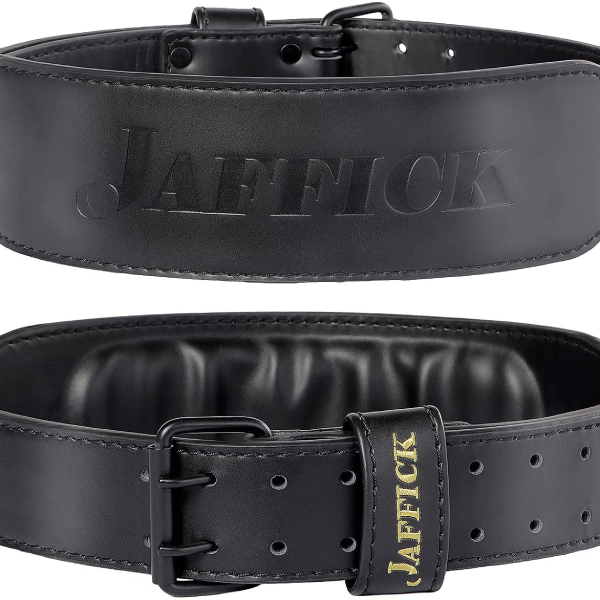
If you’re trying for a new personal best, use a belt. It can boost your performance safely.
High-Intensity Training
In intense workouts, a lifting belt aids proper form. It supports your spine when you fatigue.
Olympic Lifts and Powerlifting
For quick, heavy Olympic lifts, a belt is key. It keeps your core tight and spine safe. Powerlifters also use belts for squats and deadlifts.
Preventing Back Injuries
A belt can prevent back injuries. It’s useful when you increase weight or try new lifts.
Lifting belts are tools, not crutches. Use them correctly and not for every workout. They’re for when you push limits safely. Always focus on good form and core strength first. Then, if needed, add the belt for heavy, challenging lifts.
Types of Lifting Belts and Their Specific Uses
When selecting a lifting belt, consider the different types available and their specific uses. Here’s a breakdown to guide you:
Leather Lifting Belts
These belts are stiff and durable. They’re ideal for powerlifting and heavy weightlifting. They provide a solid structure around your midsection, supporting your back during maximal lifts. Leather belts often have prong or lever closures, allowing you to secure them tightly around your waist. When choosing belt styles for heavy lifting, consider options like leather belts with prong or lever closures for optimal support. These styles ensure a secure fit during intense workouts.
Nylon Lifting Belts
Nylon belts are flexible and comfortable. They’re a good choice for dynamic exercises and CrossFit workouts. These belts usually come with Velcro closures, offering ease of adjustment. They’re less rigid, making them suitable for movements that require a greater range of motion. Mechanics belts provide sturdiness for heavy lifting, unlike nylon belts which prioritize flexibility. For dynamic workouts, choosing the right belt type is essential for performance.
Olympic Lifting Belts
Specially designed for Olympic weightlifting, these belts are narrower at the front. They allow for full deep breaths and quick movements. Olympic lifters can benefit from these belts during the snatch and clean and jerk exercises.
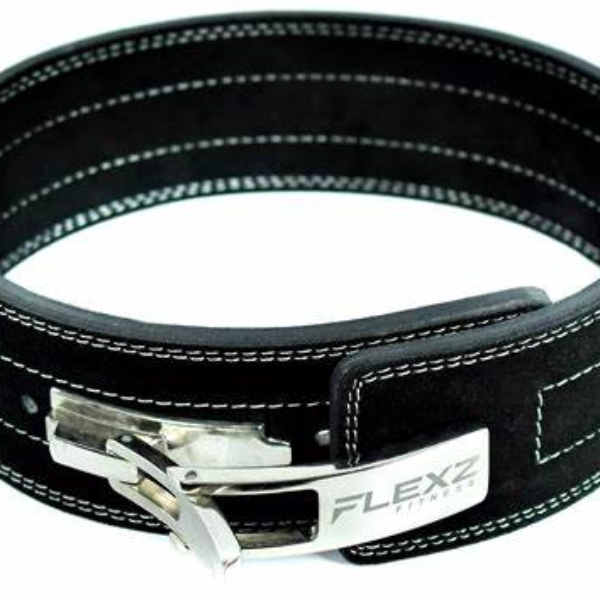
Tapered Lifting Belts
With a wider back and a narrower front, tapered belts offer a compromise. They give good support without restricting movement at the front of the torso. This design works well for general training and for lifters who perform a variety of exercises.
Thickness and Width Considerations
Belts range in thickness, typically between 10mm and 13mm. Thicker belts offer more support, suitable for lifting very heavy weights. Width is important for fit, with options like 4-inch belts providing ample support while accommodating different body types. Men’s suede belts can vary in thickness, but opting for a wider design can enhance support during heavy lifting, much like lifting belts.
Using the correct lifting belt for your training style and specific exercises can make a significant difference in your performance and safety. Match the belt type to your lifting needs and ensure proper fit and comfort for the best results.
How to Correctly Wear and Adjust a Lifting Belt
Properly wearing and adjusting your lifting belt is crucial to ensure its effectiveness. Here are steps to follow for maximum safety and performance:
Find the Right Position
Place the belt around your midsection, above the hips and below the ribcage. This position secures the spine without discomfort.
Adjust for Tightness
The belt should be tight enough to provide support but not so tight that you can’t breathe or move. You should be able to fit two fingers between the belt and your body.
Test the Fit
Before lifting, perform a few warm-up movements. Ensure the belt doesn’t shift and that it supports your core during the motion.
Breathe Against the Belt
Inhale deeply into the abdomen, not the chest. Press your abs out into the belt to increase intra-abdominal pressure. This pressure aids in spine stability during lifts.
Avoid Over-reliance
Do not over-tighten the belt, thinking it will do the work. Your core muscles should still actively engage during the lift.
Wearing your lifting belt correctly will not only protect your spine but also enhance your lifting capabilities when you handle heavy weights.
Training with vs. without a Lifting Belt
Benefits of Training with a Lifting Belt
Training with a lifting belt can enhance your lifting experience in several ways:
- Increased Stability: A lifting belt provides additional support to your core, stabilizing your spine during heavy lifts.
- Improved Performance: With the added support, you might find you can lift more weight than usual.
- Prevention of Injuries: The belt reduces the strain on your lower back, minimally risking injuries.
- Enhanced Posture: It ensures you maintain a good lifting posture, reducing the chances of potential injury due to improper form.
- Mental Confidence: Knowing you’re supported sometimes can boost your confidence letting you focus more on the lift and less on potential injuries.
Drawbacks of Training with a Lifting Belt
While the advantages are compelling, the use of a lifting belt does have some downsides:
- Potential for Over-reliance: There’s a risk of becoming too dependent on the belt, potentially neglecting the natural development of core strength.
- Improper Use Risks: If not used properly, a belt might give a false sense of security, leading to higher risks when not used.
- Limited Core Muscle Development: Continuous use, especially when not necessary, can inhibit the full development of core muscles.
Training without a Lifting Belt
Opting to train without a lifting belt also holds some significant benefits:
- Natural Core Strength Development: Without a belt, your body relies on its natural musculature to stabilize the spine and core during lifts.
- Improved Lifting Technique: Learning to lift without a belt can teach you to engage your core naturally and maintain proper form.
- Versatility in Training: Belt-less training encourages a wider range of motion and greater flexibility in exercises.
However, training without a belt is not devoid of cons. Here are a few:
- Increased Injury Risk: Without the extra support, there’s a slight increase in the risk of injuries during very heavy lifts.
- Limitation on Lifts: You might find there’s a cap to the maximum weight you can safely manage without the support of a lifting belt.
Ultimately, whether to use a lifting belt depends on your personal training goals, your lifting technique, and your comfort level. It’s essential to weigh the benefits against the potential drawbacks based on your specific needs and lift with or without a belt accordingly.
Choosing the Right Lifting Belt
Choosing the right lifting belt is key to your lifting success. To do this effectively, consider the following factors:
Material and Durability
Look for a belt made of sturdy material like leather or nylon. Leather belts are stiff and long-lasting, ideal for powerlifting. Nylon offers flexibility and comfort, great for dynamic exercises.
Size and Fit
Ensure the belt fits your waist snugly but not too tight. You should be able to fit two fingers between the belt and your body. Also, consider the width that fits your body type and lifting needs.
Belt Type
Match the belt to your activities. Leather belts suit heavy lifting and powerlifting. Nylon or tapered ones are better for general training or varied workouts.
Closure Mechanism
Decide between prong, lever, or Velcro closures. Prong and lever provide a secure fit for heavy weights. Velcro offers quick and easy adjustment during workouts.
Personal Comfort
Choose a belt that feels comfortable during use. A comfortable belt encourages proper technique and focus during lifts.
Budget Considerations
Invest in a quality belt within your budget. Cost often reflects quality and durability, so consider it an investment in your safety and performance.
Common Mistakes and Misconceptions About Lifting Belts
When discussing the use and benefits of lifting belts, many gym-goers often encounter misconceptions and make common errors that may hinder their effectiveness and safety. Here’s a rundown of prevalent lifting belt mistakes and the truths you should know:
Believing the Belt Will Do All the Work
A critical misunderstanding is that the lifting belt can replace core strength. It cannot. In essence, the belt is a tool to enhance the stability provided by your already engaged core muscles. It should not serve as a crutch. Make sure to actively brace your core muscles even while wearing a belt.
Overusing the Belt
Wearing a lifting belt too often, especially during exercises that do not require heavy lifting, can potentially weaken your core musculature. This could lead to reliance on the belt and may add risk when lifting without it. Use the belt for heavy loads or maximum effort lifts to keep your core strength developing.
Incorrect Sizing and Positioning
Another common issue is using a belt that doesn’t fit properly. If it’s too tight, it might restrict breathing and movement; too loose, and it won’t offer the support needed. Positioning is also key—ensure the belt sits just above the hips and under the ribcage for optimal support.
Relying Solely on a Belt for Back Safety
It’s a myth that lifting belts can prevent any and all back injuries. While they’re excellent for providing extra support, proper lifting form and technique are crucial for back safety. The belt boosts protection but should be used as one part of a comprehensive, safety-focused lifting strategy.
Using a Belt Too Early in Your Training
Beginners sometimes strap on a belt too early in their lifting journey. It’s essential to develop proper form and foundational core strength before relying on lifting acessories like belts. Start without a belt and introduce it slowly as you progress to heavier weights.
Understanding these common errors and knowing how to use a lifting belt effectively can greatly enhance your training outcomes, making your workouts both safer and more effective.
